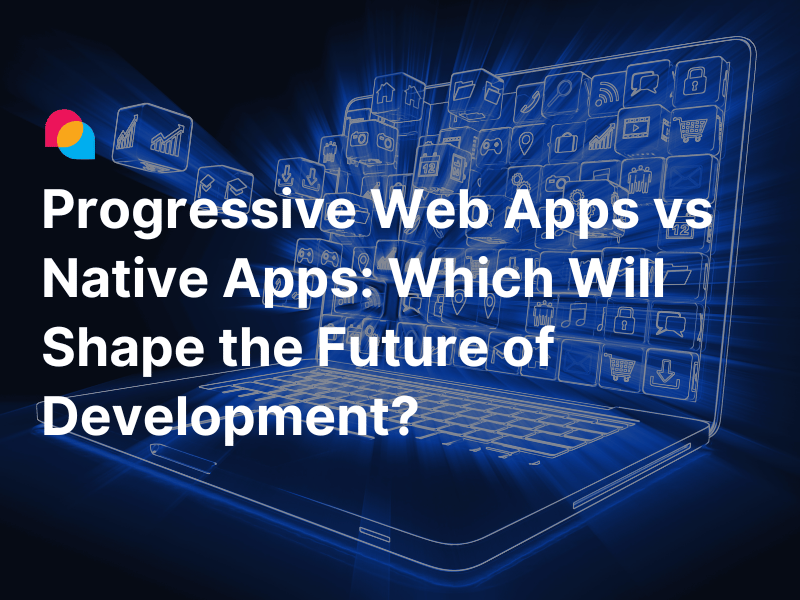It's No Longer Just About Fast Delivery
Over the past decade, the pressure to ship fast has redefined how we build software. CI/CD pipelines run dozens of times a day. Teams release updates weekly, sometimes even hourly. We’ve automated deployments, scaled cloud infrastructure, and embraced agile practices with open arms.
But here’s the uncomfortable truth: while we were chasing speed, many of us left security behind.
That’s where DevSecOps comes in; not as a buzzword, not as a plugin, but as a cultural and technical shift in how we think about building safe, reliable software. It invites security into the room early, and keeps it there at every step of the journey.
What DevSecOps Really Means
DevSecOps stands for Development, Security, and Operations, but those three words don’t fully capture what’s going on here. It’s not just a security team added to your DevOps model. It’s a mindset that says security isn’t the final step; it’s part of every step.
Think of it this way: in traditional software teams, developers build, operations deploy, and security reviews. Often, those reviews come late; sometimes just days before release. And when issues come up, timelines get tight and corners get cut.
DevSecOps challenges that habit. It pulls security into the development process as early as the planning phase. It shifts testing and risk assessment to the left of the timeline, helping teams identify problems when they’re cheap and easy to fix, instead of scrambling at the end.
This approach isn’t just about being careful. It’s about being smart. According to GitLab’s 2023 Global DevSecOps Report, high percent of respondents said incorporating security early actually helped them release software faster. Why? Because they avoided costly rework and firefighting down the line.
Goodbye Silos, Hello Shared Responsibility
Let’s be honest; most teams are still siloed. Development focuses on features, ops worries about uptime, and security shows up only when something breaks. That model worked (barely) when releases were infrequent. But in today’s high-speed delivery cycles, it’s not sustainable.
DevSecOps invites everyone to the same table. Developers aren’t expected to become full-time security experts. But they are expected to care. Security specialists aren’t just blockers. They’re advisors, coaches, and partners. Operations teams help enforce policies through automation and monitoring.
It’s not about assigning blame when something goes wrong. It’s about building a culture where security is everyone’s responsibility, and no one’s burden alone.
In fact, this cultural mindset is where most successful DevSecOps transformations begin; not with tools, but with trust.
Shifting Left Without Breaking Teams
“Shift left” is the term you’ll hear often in DevSecOps conversations. It means moving key security practices; like threat modeling, code scanning, and dependency analysis; closer to the start of development.
That sounds great in theory. But here’s where many teams get it wrong: they flood developers with tools that overwhelm them. They trigger alerts that no one understands. And they measure success in the number of warnings, not in the quality of fixes.
Real DevSecOps doesn’t slow your team down. It guides them. It gives developers actionable feedback at the right time, within the tools they already use. It allows teams to catch critical flaws without drowning in false positives.
And most importantly, it keeps the feedback loop tight. If a dev pushes insecure code, they should know in minutes; not days.
Here’s what a healthy pipeline looks like in practice:
|
Stage |
Security Checkpoint |
Common Tools |
|
Code Commit |
Secrets detection, linting |
|
|
Build |
Static code analysis, license scanning |
|
|
Pull Request |
Dependency scanning, IaC scanning |
|
|
Pre-Deployment |
Container image scanning, policy checks |
|
|
Production Monitoring |
Runtime analysis, intrusion detection |
This structure helps teams move fast without cutting corners. It also keeps feedback where it belongs: close to the people who can do something about it.
It’s Not About Tools, It’s About Purpose
Every new DevSecOps journey eventually hits the same wall: the temptation to adopt every tool that promises magical results.
But DevSecOps isn’t a toolchain. It’s a purpose-driven approach to building software. The goal isn’t to automate everything. The goal is to understand what we’re building, who we’re building it for, and how we can protect their data and trust.
One developer we spoke to put it best: “We stopped thinking of security as something we had to do. We started thinking of it as something we wanted to get right.”
That shift makes all the difference.
Measuring DevSecOps Success: What Really Matters
It’s easy to fall into the trap of measuring security by the number of tools installed or scans completed. But those metrics don’t tell the whole story. In fact, they can give a false sense of security.
Real DevSecOps success is measured by outcomes. Are teams catching vulnerabilities earlier? Are they responding faster to threats? Is security empowering developers instead of frustrating them?
Here are a few metrics that actually matter:
- Time to Remediate (TTR): How quickly can the team fix known vulnerabilities?
- False Positive Rate: Are the alerts generated by your tools accurate and actionable?
- Developer Response Rate: How often are security recommendations followed through?
- Mean Time to Detection (MTTD): How long does it take to discover an issue in production?
- Vulnerability Recurrence: Are the same issues popping up again and again?
These indicators show how security is performing in real-world conditions, not just in spreadsheets. They also point to areas where the process might be breaking down.
A 2024 report by Snyk found that development teams with clear DevSecOps processes fixed vulnerabilities faster than teams using traditional security reviews at the end of development. (Source)
That’s not just better security; it’s better software delivery overall.
The Pitfalls to Avoid (Because They’re More Common Than You Think)
DevSecOps isn’t hard because it’s technical. It’s hard because it involves people, habits, and change.
Here are a few of the most common ways DevSecOps efforts lose steam:
1. Tool Overload
Buying five tools that scan for the same thing doesn't make your app more secure. It just overwhelms your pipeline and your developers.
Solution: Choose tools that integrate well with your workflow, and start with a lean stack. Focus on quality, not quantity.
2. Security as a Silo
If security still sits outside your DevOps team, you’re missing the point. DevSecOps is about inclusion, not isolation.
Solution: Embed security engineers into development squads. Encourage regular security retros and open forums.
3. Blame Culture
When something goes wrong, teams start pointing fingers. That kills trust fast.
Solution: Foster a blameless environment where security incidents are learning opportunities, not personal failures.
4. Metrics That Don’t Matter
Don’t celebrate because a scan produced 2,000 results. If no one acted on them, that’s not a win; it’s noise.
Solution: Measure what drives behavior change, not just what’s easy to count.
A Snapshot: DevSecOps in Action
Let’s move beyond theory for a moment.
A mid-sized fintech company in the U.S. recently shared their DevSecOps journey. Before the shift, their releases were frequent, but security issues would delay production by up to a week. Their model was simple: build, test, deploy, and hope nothing broke.
After adopting DevSecOps, they started integrating SAST tools like CodeQL directly into their GitHub Actions workflows. They appointed one developer per team as a "security advocate"; not to block progress, but to guide decisions and bring up concerns early. Instead of waiting for a quarterly audit, they ran security checks on every pull request.
The result? Over six months, their security-related incidents dropped by 43%, and their average patch time went from 7 days to under 48 hours.
More importantly, developer satisfaction scores (measured via internal surveys) actually went up; not down. Why? Because the process made them feel confident, not controlled.
The Bottom Line: DevSecOps Is About Trust
You don’t build trust by saying “we care about security.” You build it by showing that your team takes security seriously from the very first line of code.
DevSecOps doesn’t mean perfection. It means transparency. It means creating a space where developers feel empowered to ask hard questions, where security specialists feel like partners, and where users can trust the products they use every day.
This shift won’t happen overnight. But it will happen faster if you stop thinking about security as something “extra” and start seeing it as part of the way great software is built.
Because at the end of the day, fast is good; but fast and secure is what actually lasts.
References
- 2024 Open Source Security Report: Slowing Progress and New Challenges for DevSecOps, Snyk, 2024
- Global DevSecOps Report, GitLab, 2024
- State of DevSecOps, Datadog, 2025





